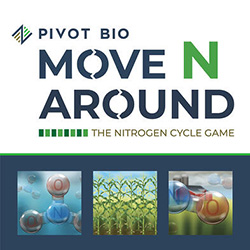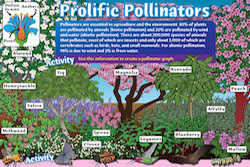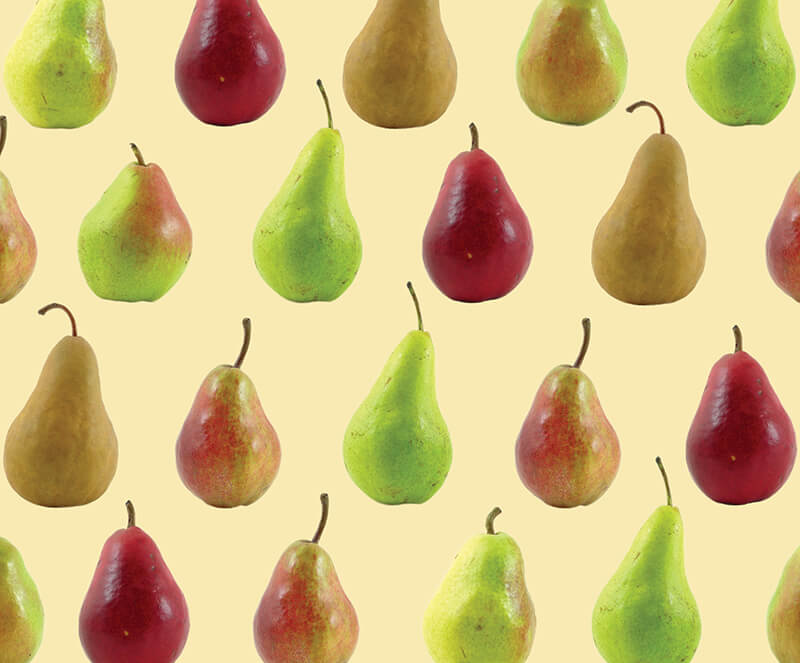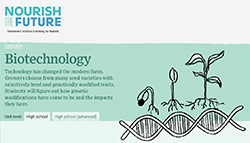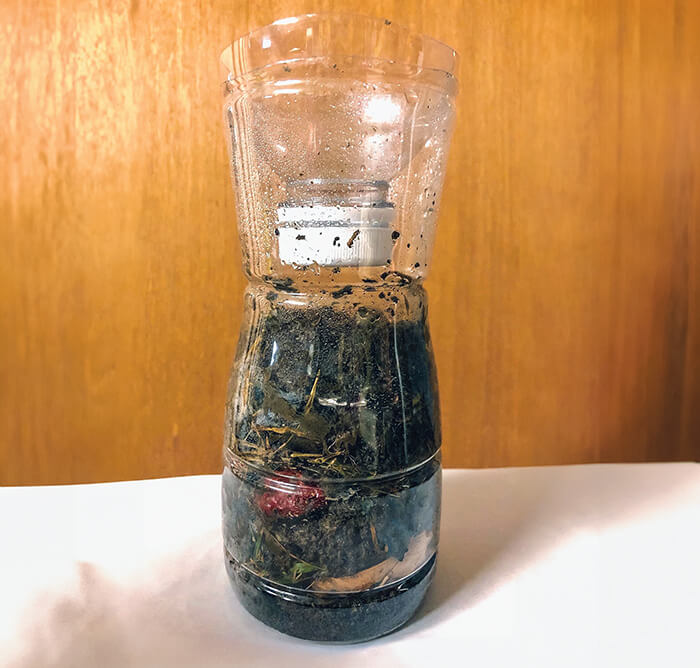
Construct a Compost Bottle
Composting is the process of creating nutrient-rich soil from decomposing organic matter like grass, leaves, and food scraps. Construct a compost bottle using a clear container, bottle, or jar and observe the organic matter break down into soil rich in nutrients that can be used in a garden. Instructions available in English and Spanish.
